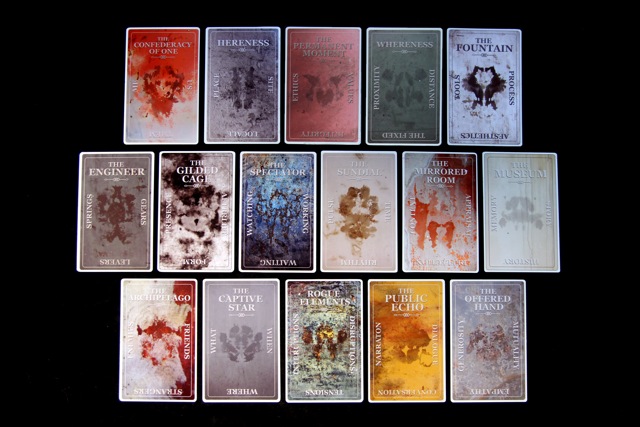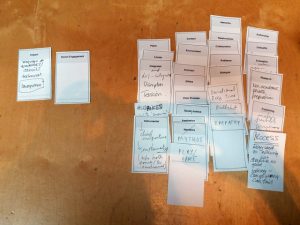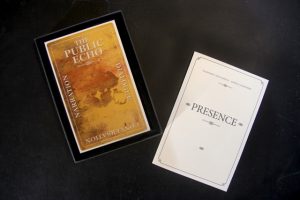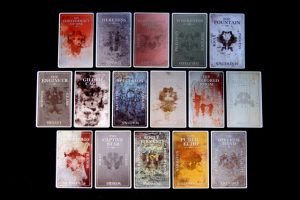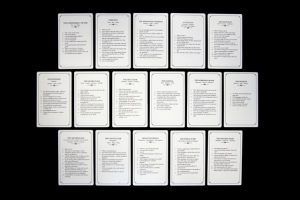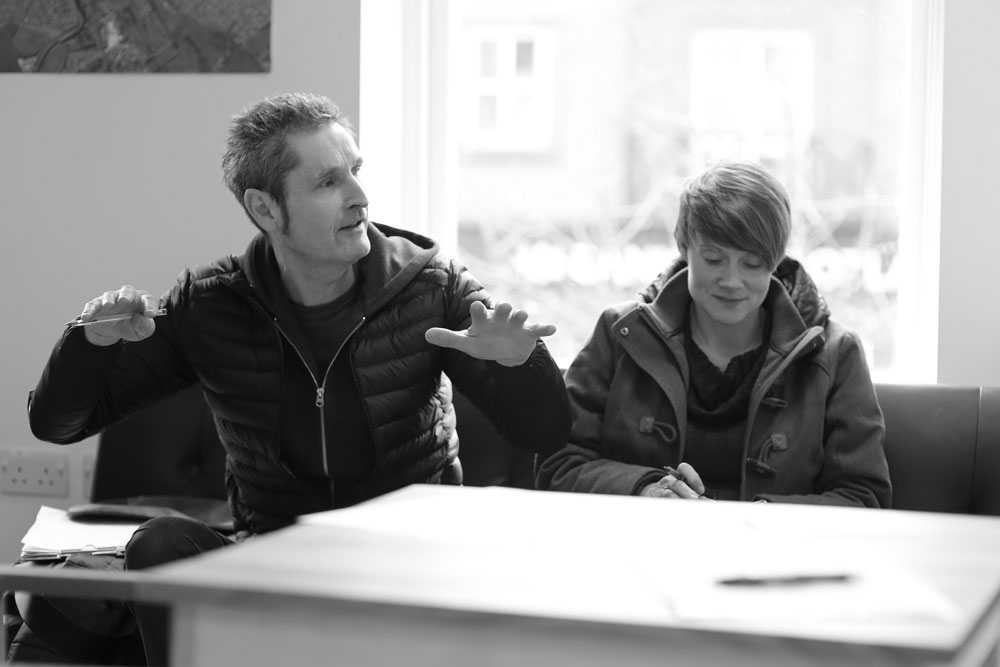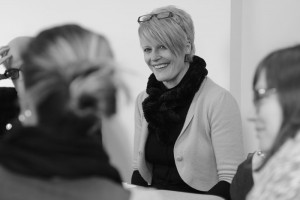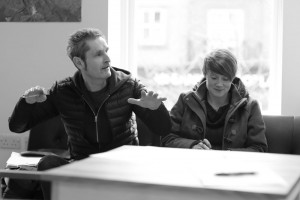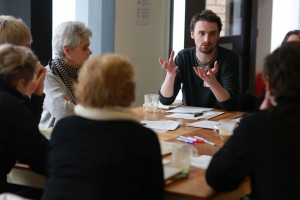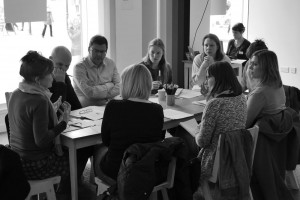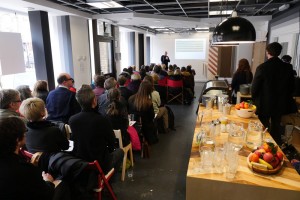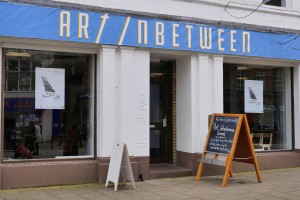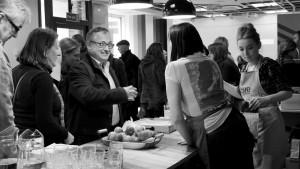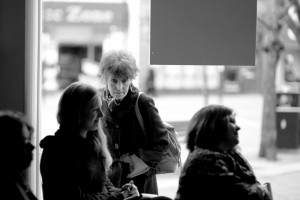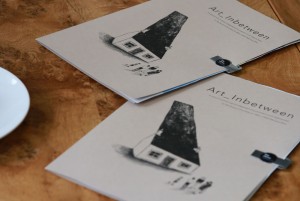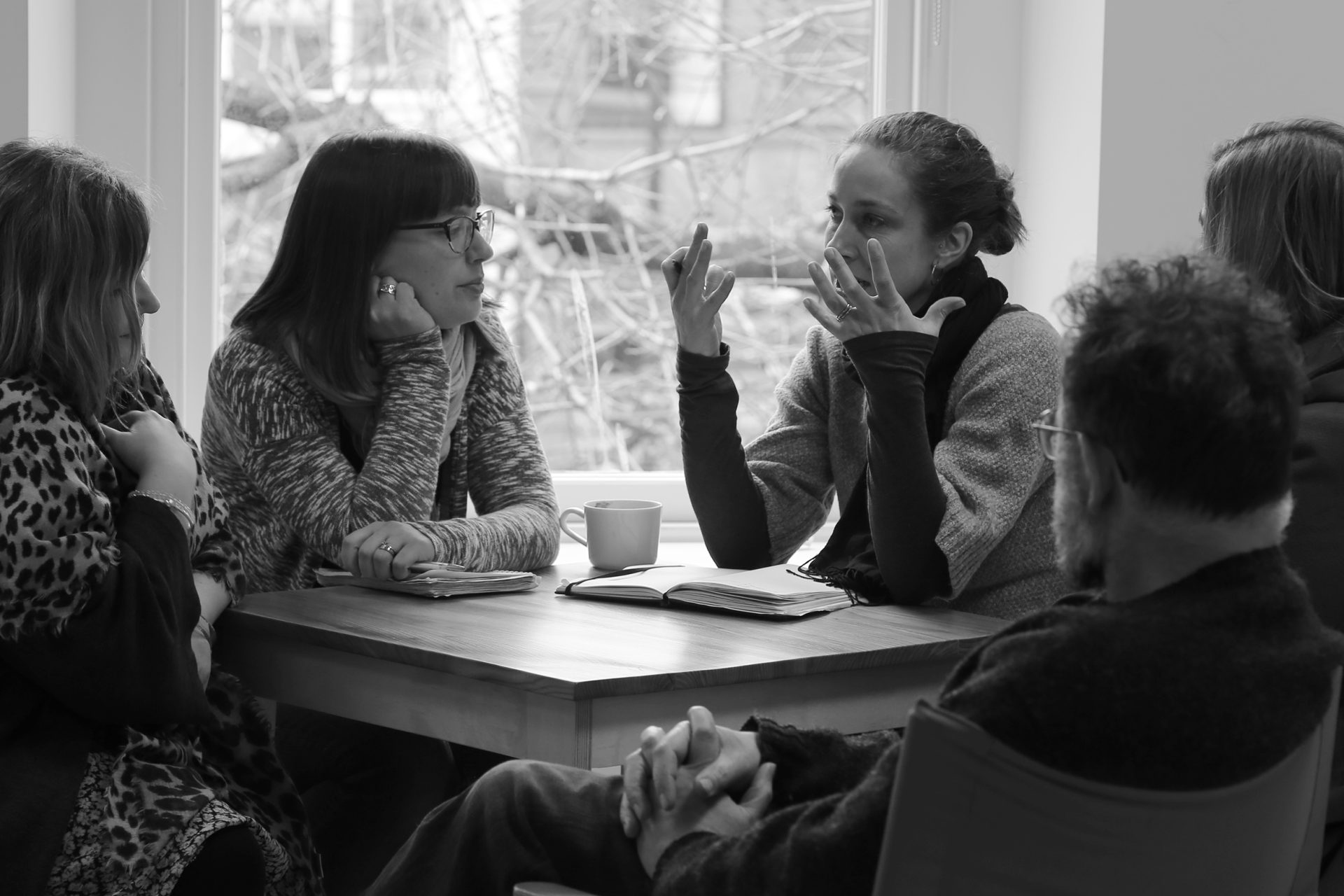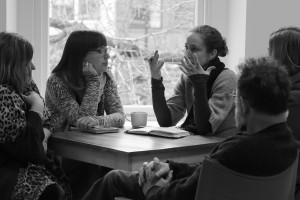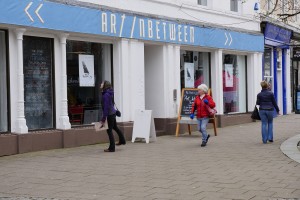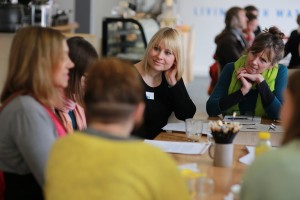By Jo Hodges and Robbie Coleman
We are coming to the end of working on the Art_Inbetween commission and it’s been a fascinating process. The outcome is a work called PRESENCE which is a set of cards to be used as ‘A divining tool for journeys through the restless territories and blurred boundaries of art in the social or public realm’ the cards are a creative tool to explore and reveal aspects of a project or practice and to provoke discussion and exploration.
Background
PRESENCE is a research led response to some of the questions that arose during the Art_Inbetween Summit held at The Stove Network earlier in 2016. The summit attempted to describe the distinctiveness of an evolving ‘rural’ contemporary arts practice with an emphasis on social/participatory/public art across the UK and our starting point was to try and understand this distinctiveness. What are the differences between rural arts practice and projects in urban settings with similar intentions or processes?
During the research phase, we worked with a number of artists, curators and producers using a word card process to explore core features of practice and context. These conversations were interesting and delved into territories that were slippery and shifting, we felt this area had more to offer to a wider audience. We began to work with the idea that practice was perhaps more important and distinctive than location and so the work began on developing PRESENCE; a method to explore and open up projects and practice that could become a companion on creative journeys, a navigational aid that could help understand and articulate the aims, methods and values of a project or practice. There are 16 CARDS, each exploring a core element of practice. Each card has a number of questions on the reverse. We suggest picking one or more card at regular intervals through a live project (or project development) and letting the questions lead into conversation and discussion.
The Cards
We see the cards as a ‘divining tool’ in the process of making creative work. They cannot be used to navigate the straightest, fastest route through a project or process but provide different positions to view the route from. They are not instructions or a model to build a project around and have no opinions about the best way to conduct a project – each project (and artist) is unique. Their role is to prompt, disrupt habits, to revisit assumptions and reassess progress and to re-excite artists and collaborators about their work and provide a tool for exploring projects and practice.
We have tried to create a process that will result in a series of overlapping views from different positions (The points of interest in situated or social practice are not stationary and two dimensional, but three dimensional and moving, sometimes through time as well as space) This compound eye allows us to examine the same issues from different positions and so learn different things from each viewpoint.
Open Source Future
PRESENCE is an open source project: all questions, concepts and card designs can be challenged, refuted or replaced. Our version is a starting point from which new sets can be constructed specifically tailored to a project or practice. A website is in the process of being set up that will include all design tools and templates to allow people to easily make new sets and upload their designs for others to use.
Huge thanks to everybody who contributed to the summit and to those who have helped with the development of PRESENCE.
If you are interested in getting a set of the PRESENCE cards – please contact [email protected]

